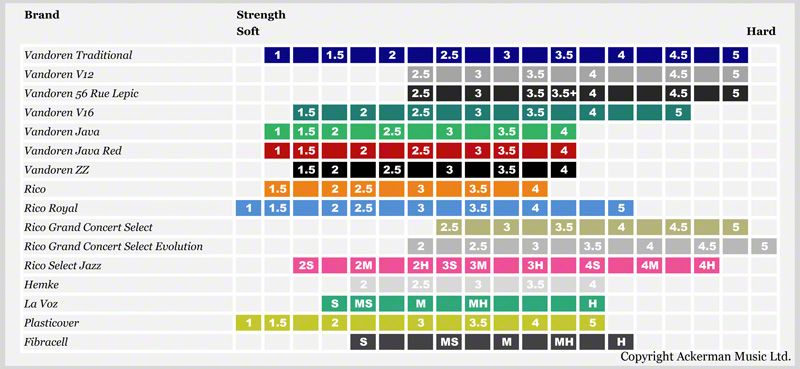I've been playing sax for exactly 1 year. I think I'm improving generally, and have passed a Grade 2 exam with good results, I'm learning jazz and going straight to a grade 4 exam in the winter.
I started with 1 1/2 reeds, and worked up to 2's - and felt I was doing OK with them and I have been mainly playing 2's for a while, exclusively.
Just lately, the 2's (Rico Jazz Select 2M - recommended by my teacher - and Vandoren Java's) are not as easy to blow as the 1 1/2's (usually Vandoren ZZ). The easiest are the ZZ 2's. But, even with those the lower notes (C, B, Bb) are not as smooth as they once were). It's almost as if my embouchure is getting weaker, yet I practice every day.
I get a smoother lower note when going back to the 1 1/2's, but overall, and at the middle and upper end, the sound is not as clean as with the 2's (at least when I'm not struggling against what seems to be quite strong resistance.
My question(s):
1. Is this something you've heard of before - can the embouchure weaken?
2. Are harder reeds essential for a smoother sound?
3. Is there a reed that will be a good compromise between ease of playing, control and a round sound?
Thanks for any suggestions,
Stephen
I started with 1 1/2 reeds, and worked up to 2's - and felt I was doing OK with them and I have been mainly playing 2's for a while, exclusively.
Just lately, the 2's (Rico Jazz Select 2M - recommended by my teacher - and Vandoren Java's) are not as easy to blow as the 1 1/2's (usually Vandoren ZZ). The easiest are the ZZ 2's. But, even with those the lower notes (C, B, Bb) are not as smooth as they once were). It's almost as if my embouchure is getting weaker, yet I practice every day.
I get a smoother lower note when going back to the 1 1/2's, but overall, and at the middle and upper end, the sound is not as clean as with the 2's (at least when I'm not struggling against what seems to be quite strong resistance.
My question(s):
1. Is this something you've heard of before - can the embouchure weaken?
2. Are harder reeds essential for a smoother sound?
3. Is there a reed that will be a good compromise between ease of playing, control and a round sound?
Thanks for any suggestions,
Stephen
Last edited:

